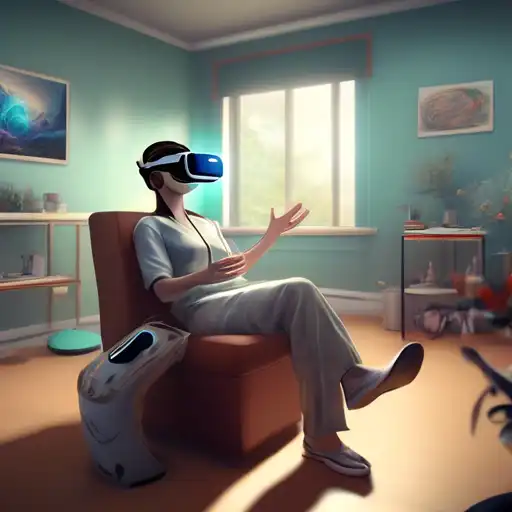The Transformative Role of Virtual Reality in Therapeutic Practices
Virtual Reality (VR) technology has transcended its initial entertainment purposes, paving the way for groundbreaking applications in therapy. This immersive technology is now being leveraged to treat a variety of psychological and physical conditions, offering patients a safe and controlled environment for rehabilitation and healing.
Understanding VR Therapy
VR therapy involves the use of virtual reality simulations to create immersive experiences that can help individuals confront and overcome their fears, anxieties, and physical limitations. By simulating real-world environments, VR provides a unique platform for exposure therapy, cognitive behavioral therapy, and physical rehabilitation.
Applications of VR in Therapy
The applications of VR in therapy are vast and varied. Below are some of the key areas where VR is making a significant impact:
- Mental Health: VR is being used to treat conditions such as PTSD, anxiety disorders, and phobias by safely exposing patients to their triggers in a controlled setting.
- Physical Rehabilitation: Patients recovering from strokes or injuries use VR to regain motor skills and improve coordination through interactive exercises.
- Pain Management: VR distracts patients from acute or chronic pain by immersing them in calming or engaging virtual environments.
- Autism Spectrum Disorders: VR helps individuals with autism develop social skills and navigate real-world scenarios in a safe, repeatable manner.
Benefits of VR Therapy
VR therapy offers numerous benefits over traditional therapeutic methods, including:
- Enhanced engagement and motivation for patients.
- Safe exposure to feared stimuli without real-world risks.
- Customizable scenarios tailored to individual patient needs.
- Immediate feedback and progress tracking for therapists.
Challenges and Considerations
Despite its potential, VR therapy faces challenges such as high costs, the need for specialized equipment, and limited accessibility for some patients. However, as technology advances and becomes more affordable, these barriers are expected to diminish.
Future of VR in Therapy
The future of VR in therapy looks promising, with ongoing research exploring its potential in treating more conditions and improving therapeutic outcomes. As VR technology continues to evolve, its integration into mainstream therapy practices is anticipated to grow, offering hope and healing to more individuals worldwide.
For those interested in exploring the intersection of technology and mental health further, consider reading about the impact of technology on mental health.
